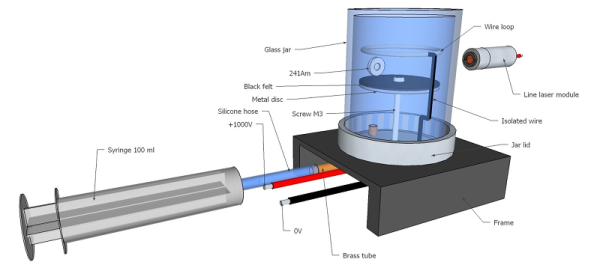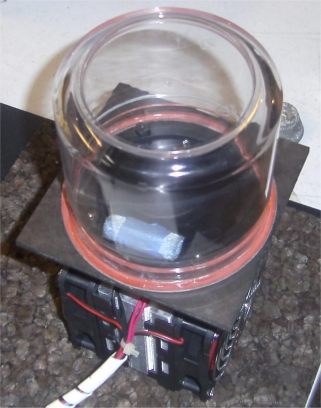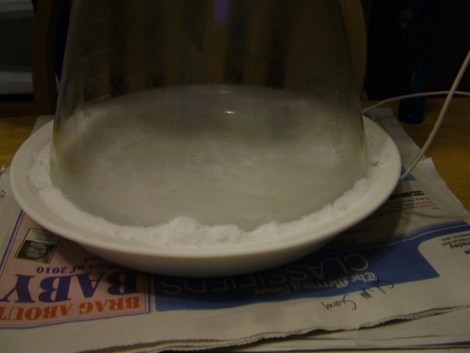If you are a certain age, there were certain science toys you either had, or more likely wanted. A chemistry set, a microscope, a transparent human body, and (one of several nuclear toys) a cloud chamber. Technically, a Wilson cloud chamber (named after inventor Charles Wilson) isn’t a toy. For decades it was a serious scientific tool responsible for the discovery of the positron and the muon.
The principle is simple. You fill a sealed chamber with a supersaturated water or alcohol vapor. Ionizing radiation will cause trails in the vapor. With a magnetic field, the trails will curve depending on their charge.
If you didn’t have a cloud chamber, you can build your own thanks to the open source plans from [M. Bindhammer]. The chamber uses alcohol, a high voltage supply, and a line laser. It isn’t quite the dry ice chamber you might have seen in the Sears Christmas catalog. A petri dish provides a clear observation port.
We’ve covered cloud chamber builds before, ranging from the simple to ones that use thermoelectric coolers.













